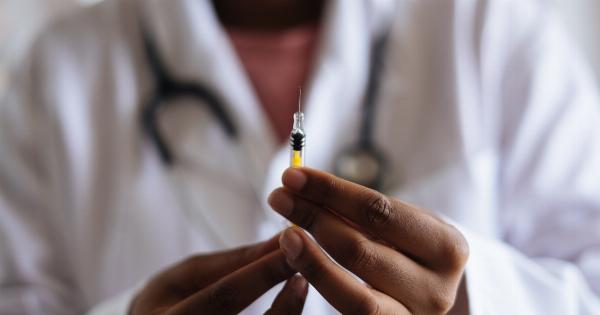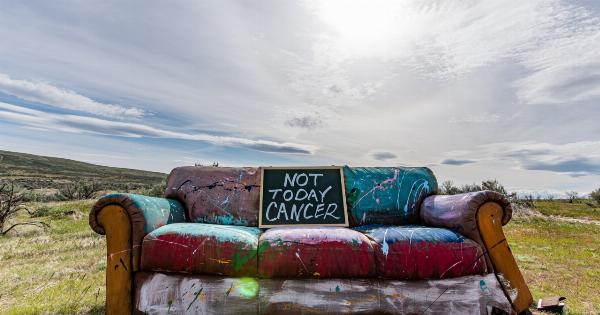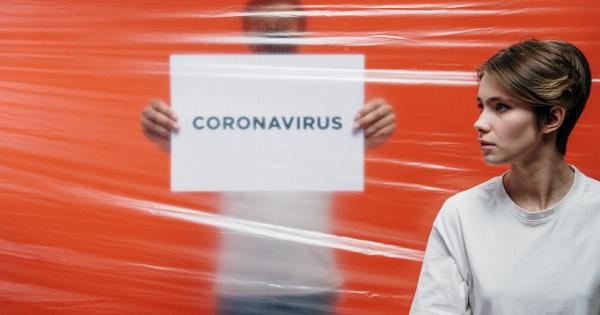HIV, the human immunodeficiency virus, is a global health crisis that continues to take a devastating toll on young people. Recent data reveals a troubling trend, with HIV infections among youth increasing by a staggering 50% over the past seven years.
This alarming rise calls for urgent action and renewed efforts to educate and protect the younger generation.
Burgeoning Crisis: The Soaring HIV Rates among Youth
In the fight against HIV/AIDS, young people have consistently been identified as a vulnerable group. Unfortunately, the latest statistics affirm these concerns.
According to the World Health Organization (WHO), the number of HIV infections among youth aged 15-24 has risen by half between 2015 and 2022. This shocking increase has stark ramifications for both individuals and society at large.
Lack of comprehensive sex education
One of the contributing factors to the surge in HIV infections among youth is the lack of comprehensive sex education in many countries.
Society often tiptoes around discussions about sex and fails to provide adequate knowledge and guidance for young people. Without a proper understanding of safe sex practices and the risks associated with unprotected intercourse, many youth find themselves at an increased risk of contracting HIV.
Stigma and discrimination as barriers
Stigma and discrimination surrounding HIV/AIDS remain pervasive obstacles preventing young people from seeking testing, treatment, and support.
Fear of being judged or isolated by their peers and communities hinders individuals from accessing essential healthcare services. This lack of support perpetuates the spread of HIV among youth, as they may be less likely to disclose their status or seek appropriate care.
Peer pressure and risky behavior
Teenagers and young adults often face immense pressure to conform to societal norms and peer expectations. This pressure can lead to risky behaviors, such as engaging in unprotected sex, multiple sexual partners, or injecting drug use.
These risky behaviors heighten the chances of HIV transmission among youth, ultimately contributing to the alarming increase in infections.
Inadequate access to healthcare services
Another critical factor exacerbating the HIV crisis among youth is the limited access to proper healthcare services.
Many young individuals, particularly those from disadvantaged backgrounds or marginalized communities, struggle to access HIV testing, treatment, and prevention resources. The lack of awareness, financial resources, and reliable healthcare infrastructure further widens the gap and prevents timely intervention.
The importance of destigmatizing HIV and promoting awareness
Addressing the rising HIV infections among youth necessitates a multifaceted approach. It begins with destigmatizing HIV/AIDS and promoting open dialogue to break down barriers to testing and treatment.
By encouraging open discussions and educating young people about the realities of HIV, we can reduce fear and discrimination, enabling individuals to seek the care they need.
Comprehensive sex education for all
Implementing comprehensive sex education is crucial to empower young people with accurate information and skills to protect themselves from HIV.
It should encompass more than just abstinence-focused approaches, providing comprehensive and age-appropriate knowledge about safe sex practices, contraception, and consent. By equipping young people with the necessary tools, we can enable them to make informed decisions about their sexual health.
Accessible and youth-friendly healthcare services
To effectively combat the HIV crisis among youth, it is vital to establish accessible and youth-friendly healthcare services. This includes improving access to testing centers, treatment facilities, and preventive resources.
Additionally, ensuring that healthcare providers are trained to engage with young patients in a non-judgmental and empathetic manner can significantly impact successful prevention, early diagnosis, and treatment outcomes.
Empowering youth through community initiatives
Engaging and empowering youth through community initiatives plays a pivotal role in reducing HIV infections.
Encouraging young individuals to actively participate in grassroots organizations, advocacy campaigns, and peer support programs fosters a sense of ownership and investment in combating HIV/AIDS. By amplifying youth voices and allowing them to lead the way, we can create more effective strategies and initiatives tailored to their needs.
Government commitment and global collaboration
Combating the rising HIV infections among youth requires substantial commitment from governments and international organizations.
Allocating sufficient resources to public health programs, including comprehensive sex education, access to healthcare services, and targeted interventions, is crucial. Furthermore, international collaboration and sharing of best practices can help accelerate progress and ensure a coordinated global response.
Conclusion
The alarming 50% increase in HIV infections among youth over the past seven years demands immediate action.
By focusing on comprehensive sex education, reducing stigma, ensuring access to healthcare services, and empowering young individuals through community initiatives, we can reverse this devastating trend. It is imperative that governments, policymakers, educators, healthcare providers, and communities unite to prioritize the well-being of our youth and protect them from the grip of HIV/AIDS.































